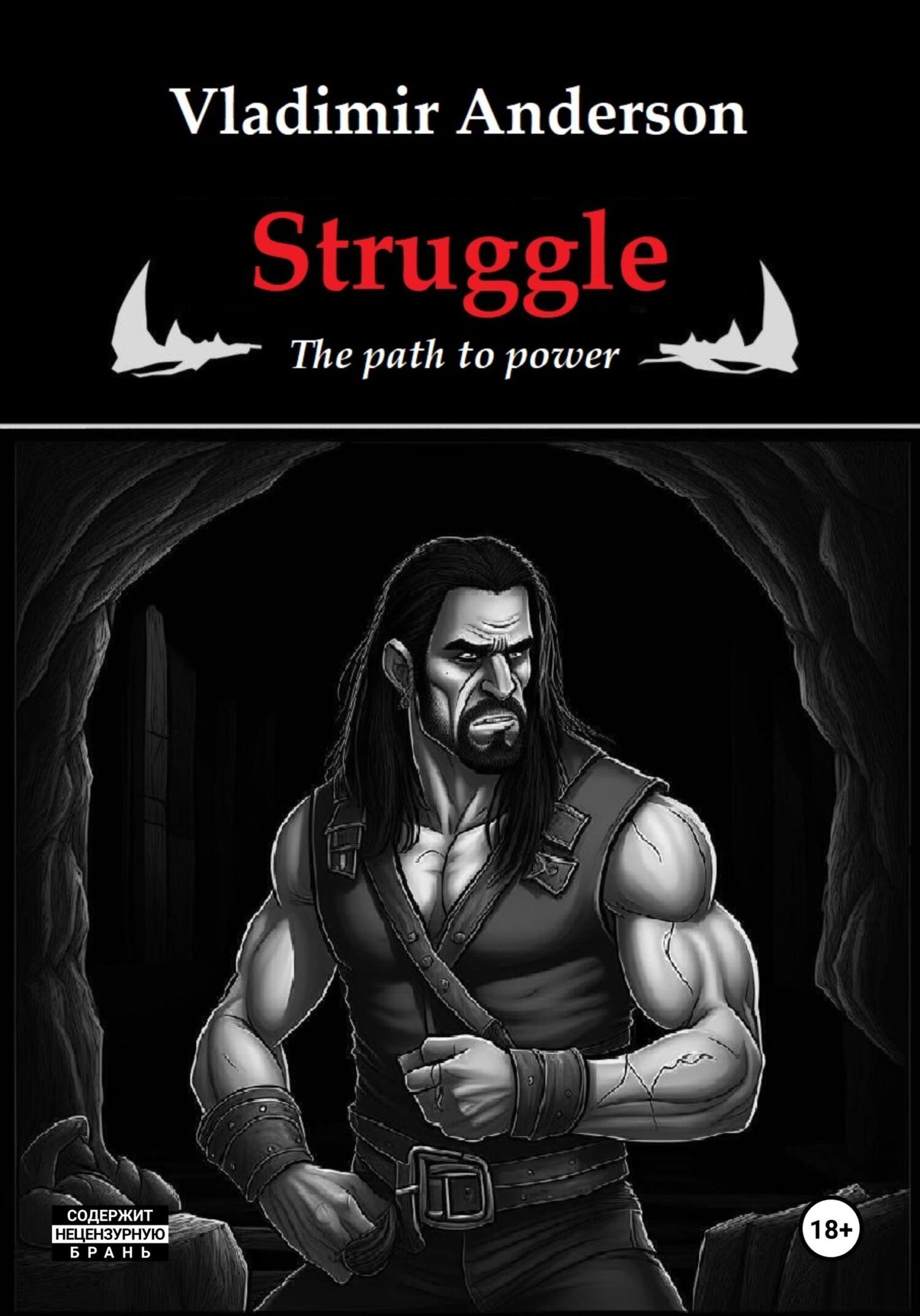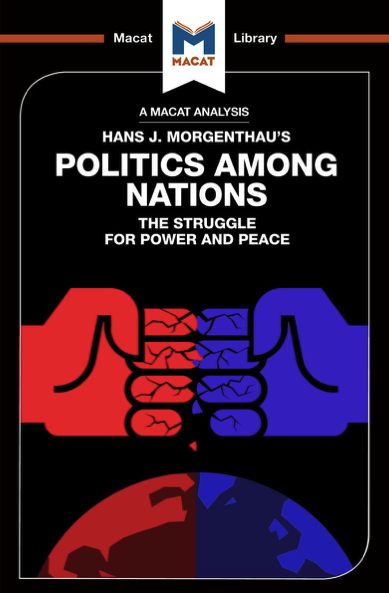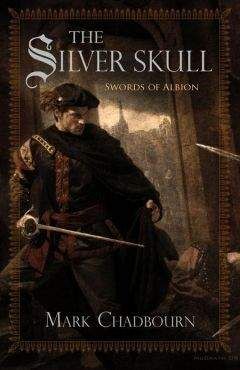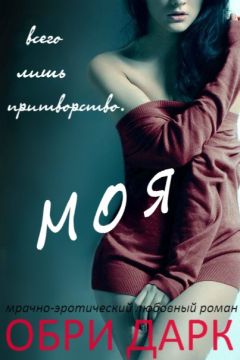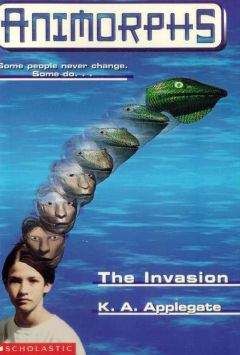another level.
On the table between them was a plate empty of soup, a good excuse to sneak up on her darling unnoticed. Natasha stood up from the table with the words "I'll put the plate away", walked around to his side and reached out her hand to the plate, stopped, and then slowly moved her lips to his. Generally there's some difference between those actions that one does "just for something" and those that one does because one is "drawn to do them" or maybe "it's bad to wait to do them". Such actions are somehow differently done: and the brain somehow seems not quite in control of them, and the colors change in the eyes, and even the air becomes different. All of this was happening to Natasha now, as her lips moved to his, and it seemed to her that she could feel nothing else but his lips.
Triangular darkroom. A triangular dark table. A Black Stone pattern on each of the three walls. The surroundings are dark and there is no room to breathe.
There are two dark figures on each side of the table — six in total. Each is wearing a black robe with a hood and a white fang on his back. This is the religious council of the Empire, the Sacred Seim.
Religion of plagues on the sacred book "Zhakh". In its essence it was no different from the philosophy of the concept of humanity of the "Axial Time". But a number of generations of the holy church rewrote it, making changes in its favor and to strengthen the spiritual power. Earlier, even before the appearance of "Zhakh", polytheism was accepted in the plague state, and the church, as an independent organization, did not exist. All rites and rituals were performed by the priests of temples, who were not related to each other.
After the emergence of the Zhakh, the church also appeared: all the temples were united under one umbrella. Since then, the spiritual authority increased its pressure on public life and state affairs many times over. Any significant issue could be solved only with the assistance of the high priest and the Holy Sejm.
Twelve years ago the Holy Sejm approved the decree of the high priest-patriarch SilanZhakh. It dictated the infallible authority of the head of the Church of Plague (Nevrokh, the High Priest), his exclusive rightfulness as heir to the teachings of the Zhakh, and the sole interpreter of the will of the Black Stone.
This meant increased influence over all events, both church and non-church, to destroy witches and sorcerers and to counter heresy. This branch had wide powers in judicial proceedings conducted by the middle priests. After the Silan Jah, the Secular Sejm ceased to be secular, and the active branch of the Inquisition received a new breath of air, gaining the right to investigate heresy and witchcraft, while removing the state apparatus. This was the new principle of the law of the Grand Inquisitor Torquedoch.
Subject to trial:
Perpetrators of false notions about the holy church
Those guilty of practicing witchcraft and divination
Anyone who has been excommunicated and has not sought reconciliation
The harborers and intercessors of heretics
Those who resisted the decrees of the Inquisition
Lawyers, notaries and jurists who defended heretics
Anyone who refused to take the oath required by the Inquisition
Anyone who has died in open and alleged hereticism
Anyone touched with heresy by word, deed, or composition.
What atrocities they did to scrape out the "truth", some absolutely sophisticated steel hooks and claws, wires, bayonets — about 60 items in all. And since each accused belonged to any of the 6 categories, only things of his category could be applied to him.
Each item or method could only be used for 6 minutes — although this article was often ignored, explaining that something was used incorrectly or not completely. There was even an unspoken competition among the executioners for mastery of the various tools and the ability to make the "guilty" consent with a particular item.
By the way, the whole system was based on consent. The Church did not need to kill someone and thereby make a martyr out of him, even though he was a heretic. They wanted him to live. Of course, first admitting his guilt and repenting, but living. Because this life then was an additional testimony not only to the rightness of the Church, but also to its eternity in the life of the plagues.
Hierarchical system of division of the whole organization of the Church according to the system of 360 degrees — 60 for each priest-metropolitan. Here everyone tried to excel, but as a rule the first and sixth had the worst results. Their field included checking for heresy among the employees of the state apparatus. What was the "inconvenience" of the provisions: the secular authorities, the army and the SChK took care of their employees. Almost no one was caught for "witchcraft" there, and in the case of heresy one could recant without being tortured and in frequent cases, with the mediation of big bosses, not to suffer too much.
The quality of the work of lower ranking priests in high and critical hazard areas was put up for discussion today.
The topic of the meeting was announced by Uginoch, in charge of Sector 180 (the "hard labor" sector, as it was called by all those who stood behind the backs of the priests and saw the price of the Inquisition; under its watch was everyone whose condition was rated below normal, which was more than two-thirds of the entire Empire): "High Priest-Patriarch Nevroch, direct successor to Grand Inquisitor Torquedoch has expressed his concern in the affairs of the Church in the conquered territories. The Church has weakened in those areas, and there is no sign of a possible increase in its importance. High Priest Nevroch requests that action be taken."
Most of the
